Windows Blue: What the Fuss is All About
5 min. read
Updated on
Read our disclosure page to find out how can you help Windows Report sustain the editorial team. Read more
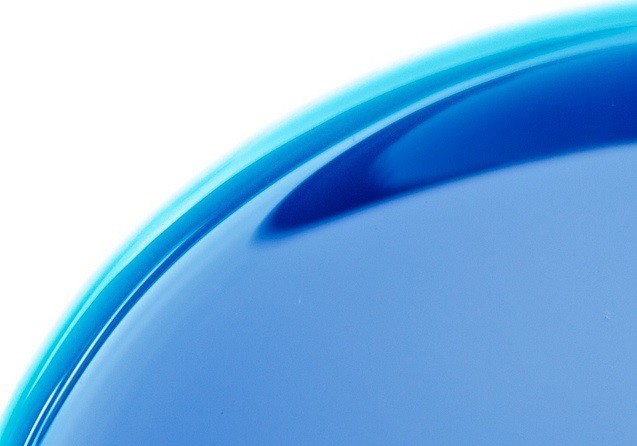
Rumors about Windows Blue have been circulating on the web for quite a while, mostly alimented by the fact that some are disappointed by Windows 8 and badly want an update to it. Thus, Windows Blue might be nothing more than simply a project with the mission of constantly updating Windows 8. Thus, if you ask me, it might only be an internal code and nothing with a final destination. It wouldn’t make any sense to have this in the “real world”.
People might get even more confused than they are and they might even perceive Windows Blue as a separate operating systems, as previously rumors have hinted. So, what is Windows Blue, after all? Is it an internal project name or it’s actually the next operating system after Windows 8 and Windows RT? Let’s dig up more details about each posibility.

Windows Blue: yearly updates for Windows 8
I’m putting this theory the first in line because, frankly, it’s the most plausible one. All the fuss started recently, when Microsoft posted a job opening on their website, looking for an engineer to join their Core Experience Team. What’s curious is that since then, the job opening has been closed, but here’s an excerpt of it:
We’re looking for an excellent, experienced SDET to join the Core Experience team in Windows Sustained Engineering (WinSE). The Core Experience features are the centerpiece of the new Windows UI, representing most of what customers touch and see in the OS, including: the start screen; application lifecycle; windowing; and personalization. Windows Blue promises to build and improve upon these aspects of the OS, enhancing ease of use and the overall user experience on devices and PCs worldwide.
So, what we can see from this description is that they’re looking for an engineer to improve upon already present aspects of the OS, which means that, indeed, Windows Blue is nothing more but mere speculation from the traffic-hungry technology outlets out there (we’re not included *cough*,*cough*). But it gets even more curious when we discover that this relates not only to Windows 8. Somebody on Twitter has managed to find a direct reference to Windows Phone Blue:
The next version of Windows Phone is still Windows Phone, thus this further enhances the idea that this will be nothing more but an update. Of course, it can be an important update, even an overhaul, perhaps, but, still, it might be just too much to call Windows Blue the next OS after Windows 8. What we do understand is that not only the internals will be changed but the interface and the direct user experience. Could it mean, for some, the reapparance of the Start Menu?
Another possibility is that Microsoft, as always, would want to cash in from these updates, thus, they could allow you to get the update if you’ll pay for it. And rumor has it that it won’t be too much, actually. And here it is finally starting to make sense. Microsoft is copying Apple, because, Apple’s plan is much more logical – yearly updates are a much better way to keep a strong link with the consumers. Thus, Microsoft might change its entire philosophy and Windows Blue will be, as we previously assumed, an internal system that will “push out” annual updates.
Also Read: Microsoft Uses the Best out of Google and Apple in their Windows 8 Strategy
Why wait for a few years for the next Windows to appear when you could have it year-by-year? And it doesn’t really make sense to “destroy” Windows 8. Windows 8 and Windows RT are made for the long run, they are made for a world full of tablets, ultrabooks, devices with touchscreens. And this tech revolution is only starting out. Microsoft will learn on the go from users and from the response of the market and they will convert their learnings into updates made to Windows 8 through Windows Blue. It’s logical.
Windows Blue is Microsoft’s shift in OS release cycles
I’m ready to make a bet here – Windows 8 will be Microsoft’s operating system with the longest lifespan, mainly because it will change along the way. It will permanently reinvent itself and when it will reach the moment when it will just be too different from the initial Windows 8, then we’ll step into a new OS. But we won’t sense it as a steep change, because we’ve been accustomed to it thanks to previous updates.

Things move too fast, it is pretty hard to plan an operating system a few years ahead. Consumers need the change to happen now and they want it for cheap money. We don’t want to pay a lot for the Windows versions we know we could be easily getting on torrents. I know enough folks that didn’t made the jump to Windows 8 because it was very similar to Windows 7 and because it was expensive to do it. By releasing yearly updates, Microsoft will hit two birds with a stone – they will basically force users to ugprade to the newest version and thanks to the much lower price, they will still manage to have high sales.
Also Read: Nokia Windows 8 Tablet Incoming
The updates won’t be made just to core products, like Windows 8, RT or Windows Phone. Products such as Outlook or SkyDrive will also be constantly updated and improved. Windows Blue will be the “inside OS” where Microsoft engineers will envision what’s wrong and what’s bad and will act accordingly to the situation. And like this, Windows will still remain in the center of our tech lives.
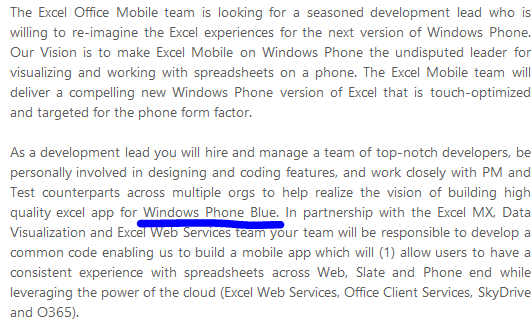
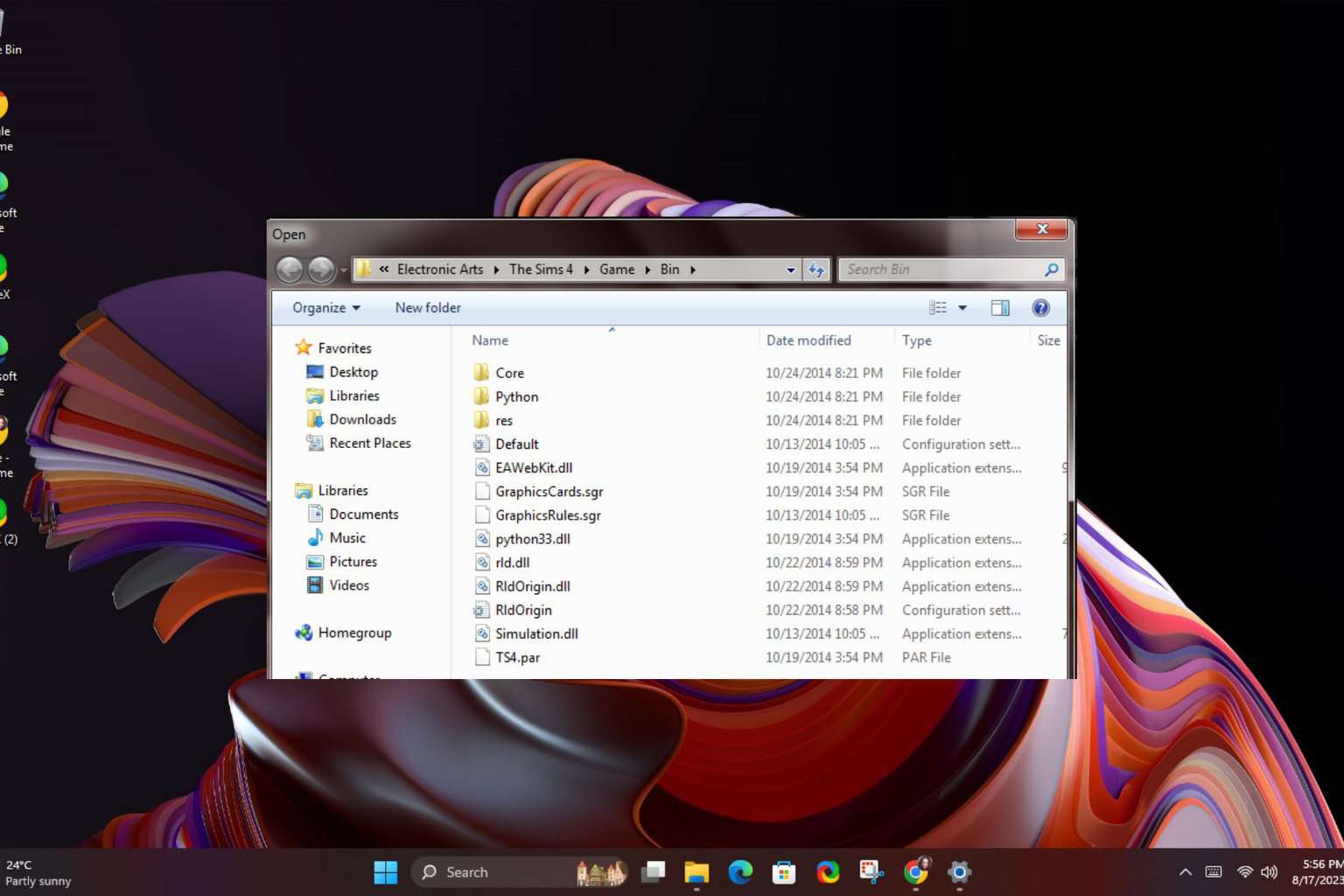
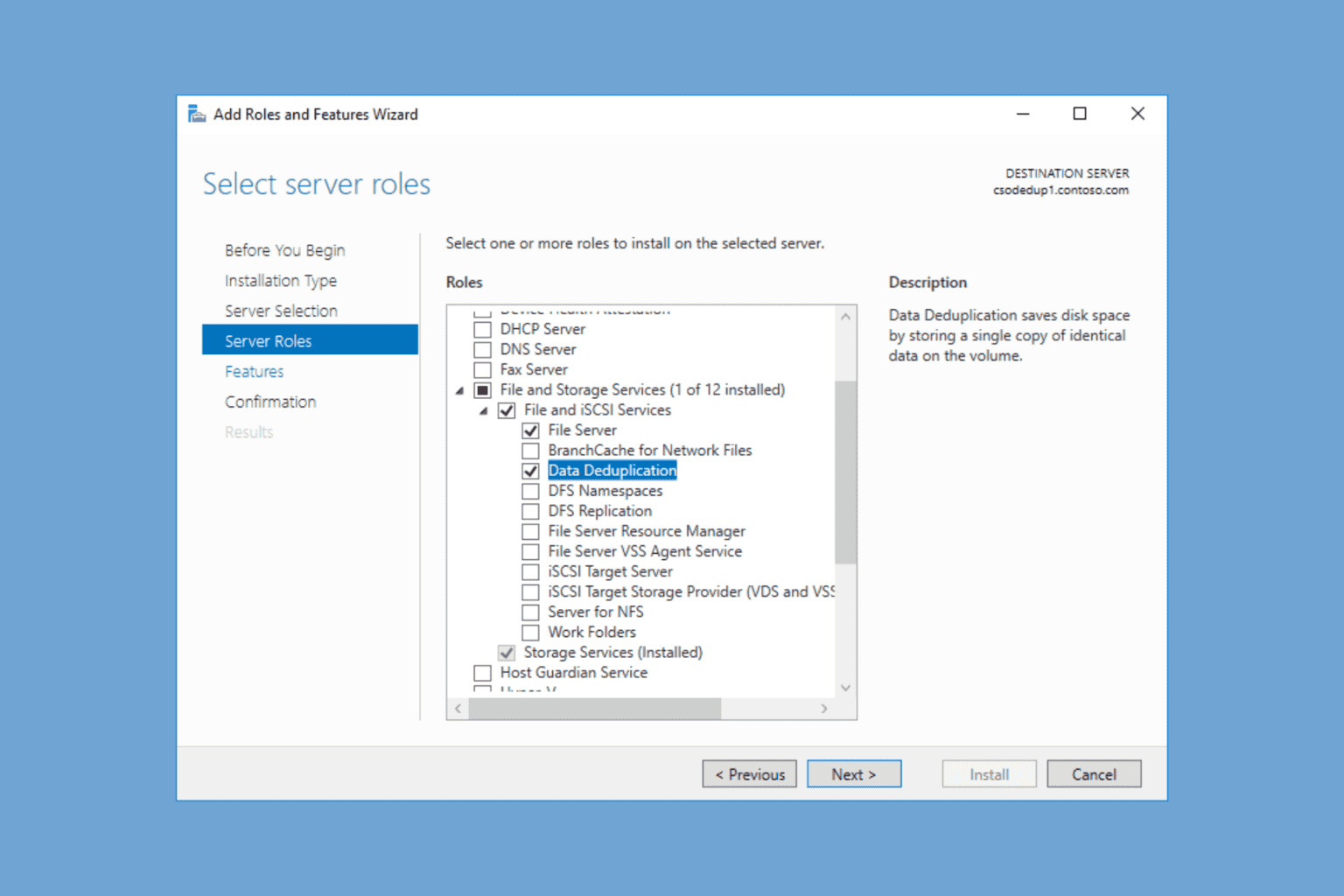
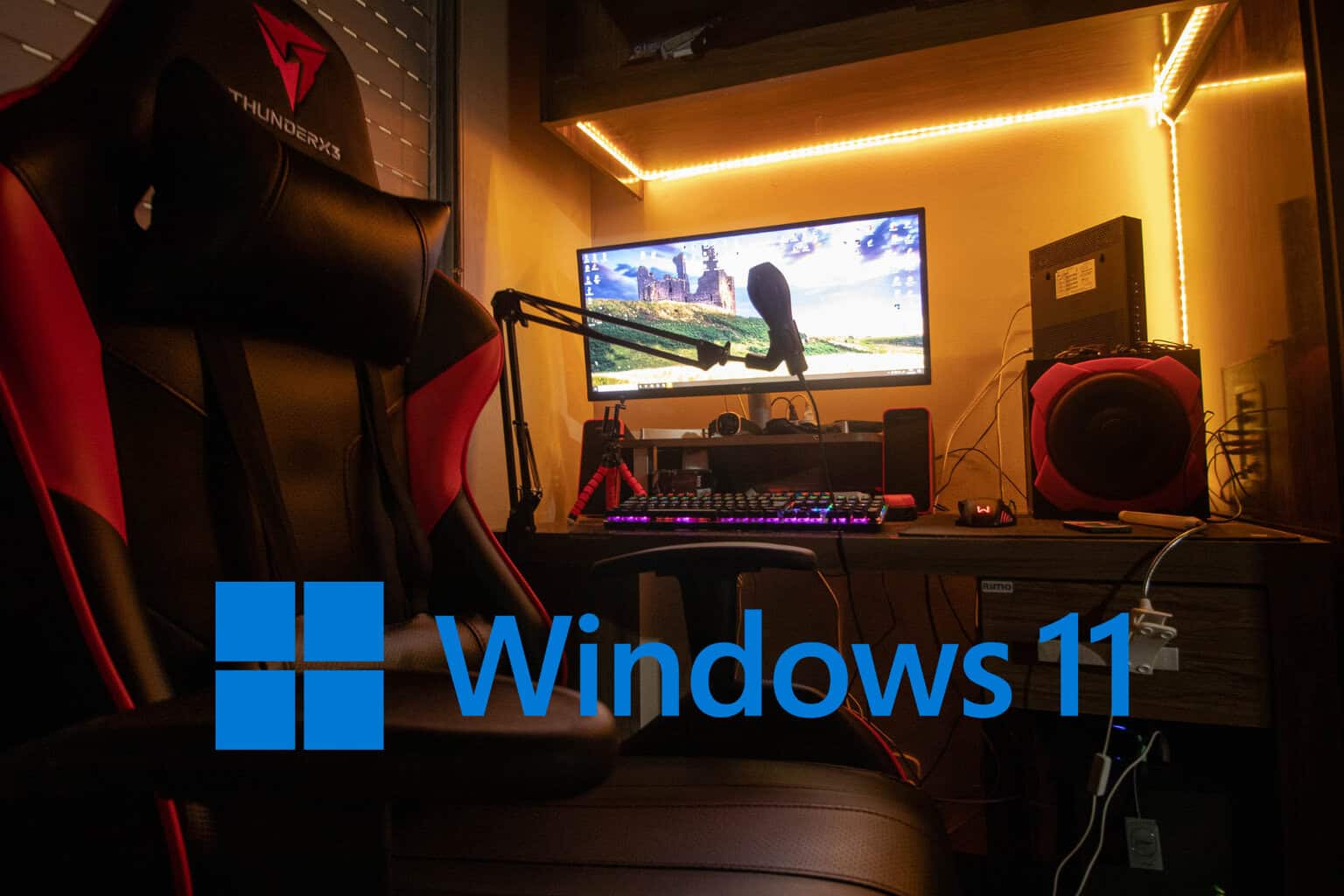
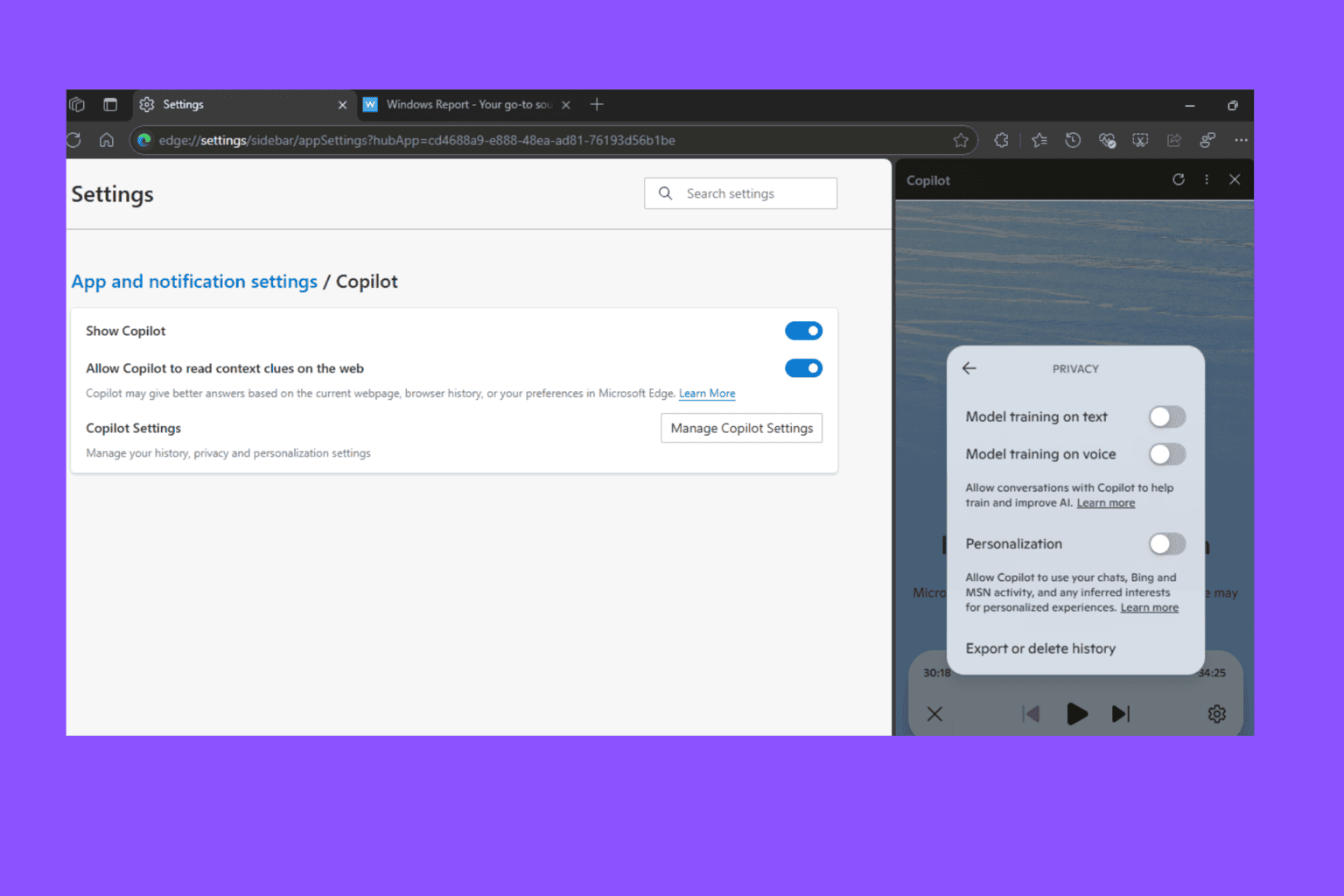


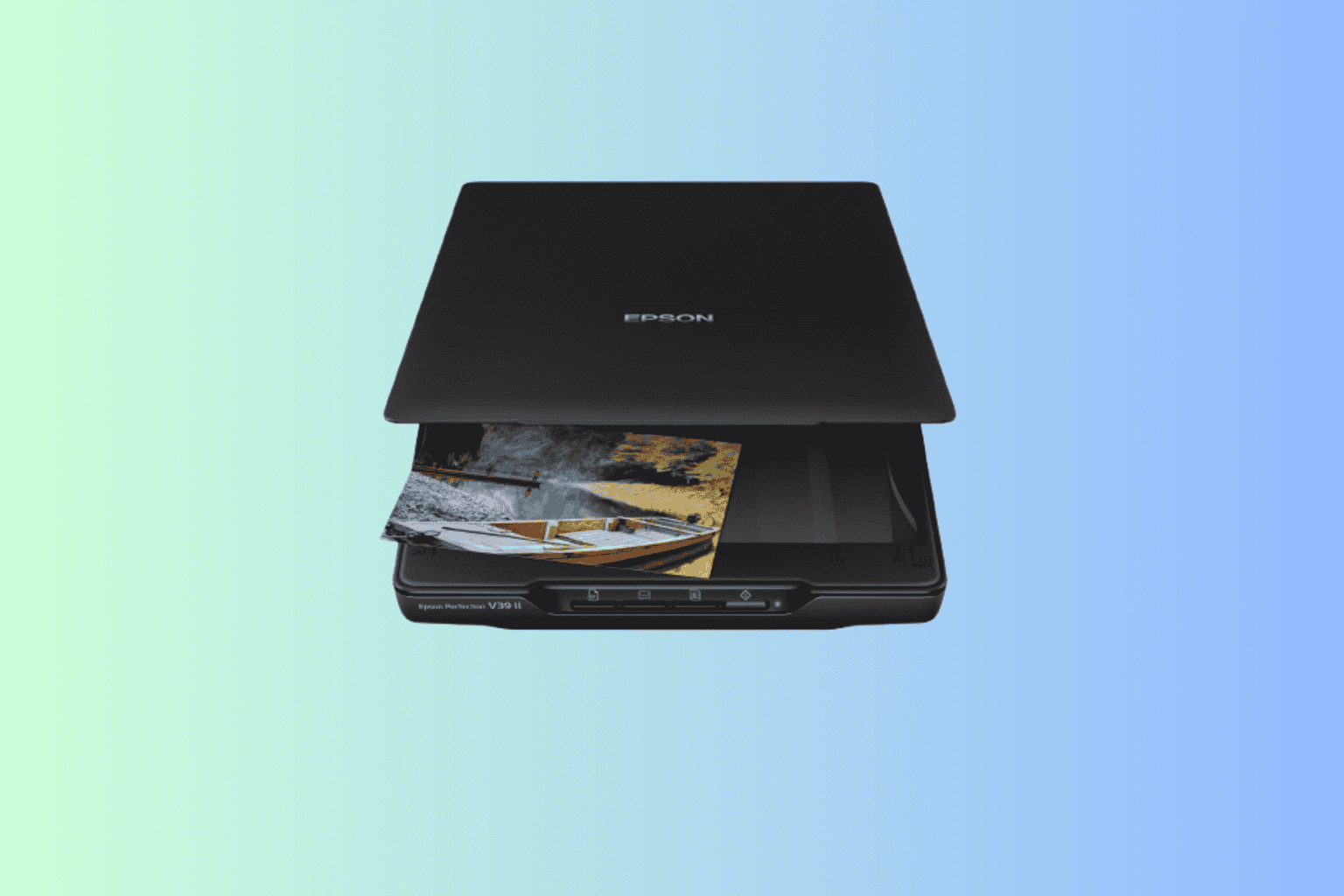

User forum
2 messages